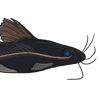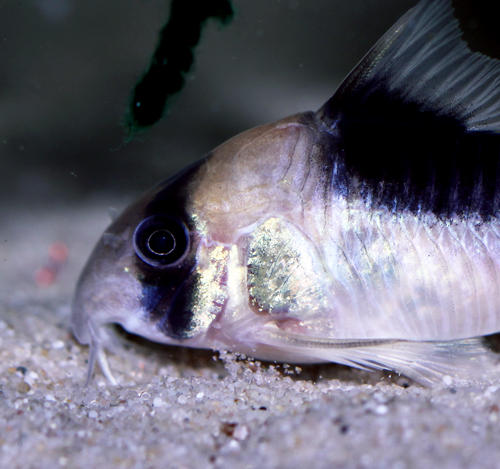I have some questions about "Undergravel Filter". I have some Wild Corydoras that I really love them very much, and I am trying to keep them in an excellent condition for a long time, so I really want some information about them. I have heard that "Undergravel Filter" is an excellent for a small tank. Is that true? How about a big tank, is that an excellent for it? Can someone tell me the true? I set up my big tank ( 60 gallons custom tank ) with "Undergravel Filter", and have some Wild Corydoras in there. But, I am not sure about this. I should keep like this, or I should remove it.
I have heard "Undergravel Filter" has positive way and negative way when you set up your aquarium tank. Is that true? I have heard that there is lots of bacteria under the gravels if you keep for a little while, and you have to clean all up by remove everything from your tank because if you don't remove everything, you can not clean "Undergravel Filter". Is that true? But, the negative way is it will keep your tank clean for a small tank only. Can someone help?
I don't know should I still keep my "Undergravel Filter" for my Wild Corydoras or should I remove it, and set up with other filter. If that true as questions I have been asked, so "Undergravel Filter" is not good for a big tank because it will be so hard to remove and clean all materials in a big tank. Please! help. I don't really know and I am not sure about this. Thank you very much.
Bunthid or Max









